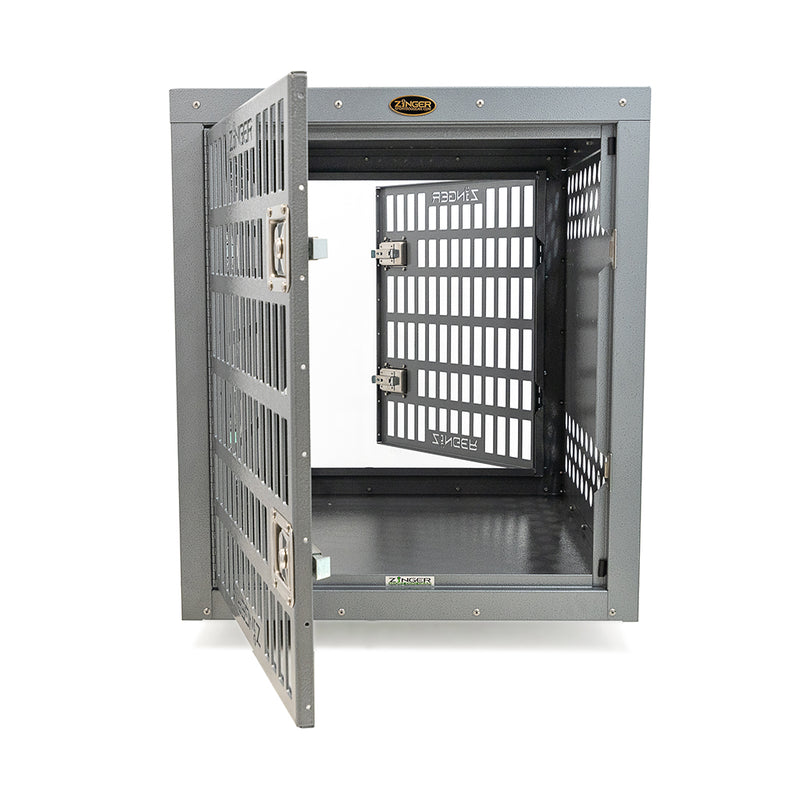Your Cart is Empty
Electronic Collars
Collars and Leads
Dog Tracking Systems
Dog Training
Bird Launchers
Hunting Dog Supplies
For The Hunter
Are Cicadas a Threat to Dogs?
May 31, 2021 3 min read

This year Brood X cicadas will rise from the ground and blanket the grass, bushes, and trees by the trillions. The density of these cicadas can exceed 1.5 million cicadas per acre. This may leaving you wondering as dog owners, do cicadas pose any risk to your dogs?
What is a Cicada?
Before we get into any health risks, let’s first review what exactly cicadas are. Cicadas are a type of insect, belonging to the Hemiptera (true bug) group. Adult cicadas can grow up to 2 inches in length with a wingspan of 8 inches. Cicadas have prominent, compound eyes set wide apart on the sides of their head. Cicadas also have a very hard exoskeleton. Most species of cicadas come out of the ground on a yearly basis, but in significantly smaller numbers. However, there are two species in the United States that come out only every 13 to 17 years and in much greater numbers compared to other cicada species. Cicadas, when they emerge, will stay active for around 6 weeks, spending this time feeding on plant and tree sap, then laying eggs in tree bark. The current brood rising out of the ground is called Brood X and is a 17 year periodical emergence species.

What is Brood X?
The current periodical cicada is called Brood X, or Brood 10. Brood X is the greatest range and concentration of any cicadas broods. Brood X is expected to emerge in 15 states across the United States. These states include: Delaware, Illinois, Georgia, Indiana, New York, Kentucky, Maryland, North Carolina, New Jersey, Ohio, Pennsylvania, Tennessee, Virginia, West Virginia, and Michigan. Brood X began emerging from the ground in early May and I personally have seen them emerging here in central Pennsylvania this week. In full emergence, Brood X will amount to trillions of cicadas flying around, covering everything from the sides of houses, sidewalks, grass, bushes, and trees with both live cicadas and their exuviae, which is their abandoned exoskeletons left behind when they turn into an adult, everywhere.

Health Threats to Dogs?
So, with trillions of these cicadas, do they pose any threats to our dogs? A cicada does not bite or sting, and are nearly defenseless. A dog’s instinct is to make a quick snack, which in small amounts is actually a high protein treat, but in larger amounts could have health side-effects. There are some things to be cautious about though before letting your dog chow dog on these insects. Cicadas have large exoskeletons with large sharp, stiff wings. Often times, they may have fed on plant and tree sap that could have been treated with harmful pesticides.
Health Issues from overindulging on cicadas and cicadas exuviae:
- Experience mild to serious gastrointestinal upset
- Vomiting
- Bloody Diarrhea
- Choke on the stiff winds and/or hard exoskeletons
- Allergic reactions to the cicada, or something that cicada ingested or touched
- Consume unhealthy amounts of pesticides
What can you do?
What is a dog owner to do for the next 6 or so weeks while cicadas are above ground? As a dog owner, you have to be vigilant when walking your dogs. It is important to limit any consumption of cicadas to only a few per day. A dog left unintended will indulge in as many cicadas as they can find, leading to the potential health issues listed above. The next few months are going to be stressful with trillions of these insects covering everything, making outdoor life miserable. On the bright side, after July, we won’t have to deal with Brood X again until 2038!
Thanks for reading.
- Michael Cassatt, Director of Marketing
Photo Credit: Michael Cassatt
Camera: Canon EOS Rebel T7i
Leave a comment
Comments will be approved before showing up.
Subscribe
Sign up to get the latest on sales, new releases and more …
Featured Products

Subscribe
Sign up to get the latest on sales, new releases and more …



